Did you know 72% of companies struggle to connect revenue to specific marketing efforts? For RevOps leaders and CEOs, inaccurate lead attribution isn’t just a data problem, it’s a revenue leak.
 If you’re still relying on first- or last-click attribution, you’re missing the full picture. Misaligned budgets, undervalued campaigns, and internal team conflicts are just the symptoms of a deeper issue: fragmented attribution.
If you’re still relying on first- or last-click attribution, you’re missing the full picture. Misaligned budgets, undervalued campaigns, and internal team conflicts are just the symptoms of a deeper issue: fragmented attribution.
For RevOps teams, this gap isn’t just frustrating. It's costly. CEOs lose visibility into true revenue drivers, marketing teams can’t defend their budgets, and sales teams overlook the nurturing efforts that warm up leads. Enter HubSpot’s Marketing and Sales Hub, a powerhouse for implementing multi-touch attribution models that map the entire buyer journey.
In this guide, you’ll learn how to leverage HubSpot to move beyond guesswork, align marketing and sales, and finally answer the question: Which campaigns are actually driving revenue?
Why Traditional Attribution Models Fail
Single-touch attribution models like first-click (crediting the first interaction) or last-click (crediting the final touchpoint) oversimplify the buyer’s journey. Here’s why they’re flawed:
-
They ignore the middle funnel. A lead might discover your brand through a Google ad, engage with a webinar, then convert after a sales call. Last-click attribution gives all credit to the sales team, erasing marketing’s impact.
-
They distort ROI calculations. Over-investing in top-of-funnel ads (first-click) or bottom-funnel retargeting (last-click) skews budgets away from high-impact mid-funnel content.
-
They create team conflicts. Sales may dismiss marketing’s nurturing efforts, while marketing undervalues sales’ closing role.
The Result?
-
Wasted spend on channels that seem effective but don’t drive closed deals.
-
CEOs struggle to allocate resources for growth.
-
RevOps teams lack the data to optimize funnel efficiency.
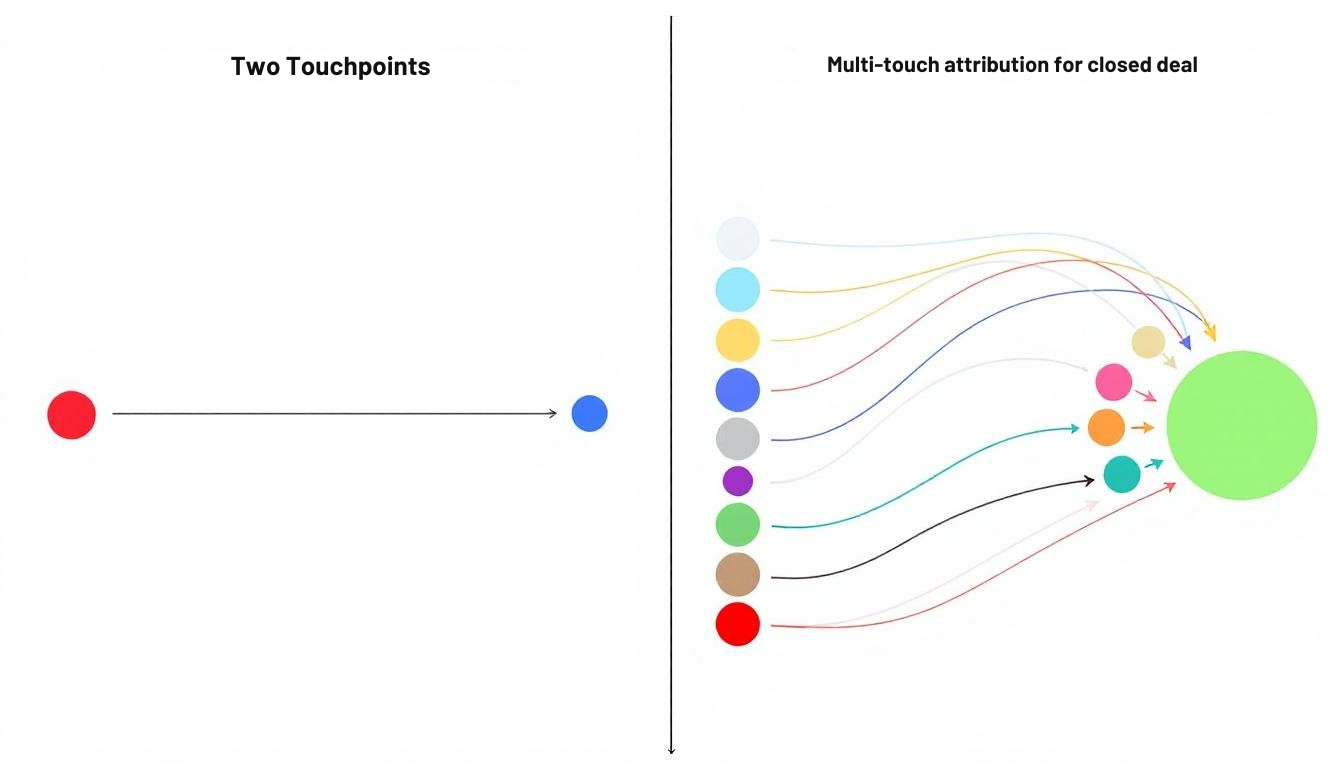
The Fix:
Multi-touch attribution, which accounts for every interaction in the buyer’s journey.
HubSpot’s Multi-Touch Attribution Models Explained
Multi-touch attribution assigns credit to all touchpoints, giving RevOps teams a holistic view of what drives conversions. HubSpot offers four models to match your business goals:
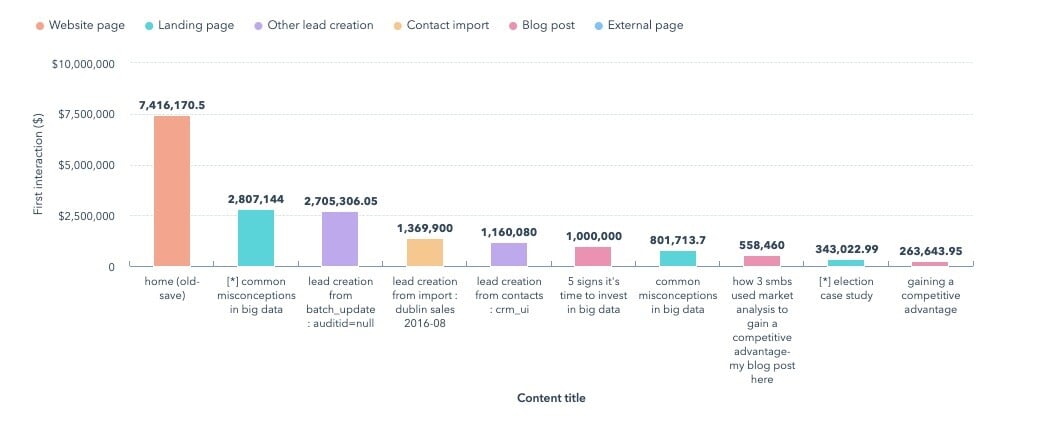
-
Linear Attribution
-
What it does: Distributes equal credit to every touchpoint.
-
Best for: Businesses with long sales cycles (e.g., B2B SaaS) where nurturing is critical.
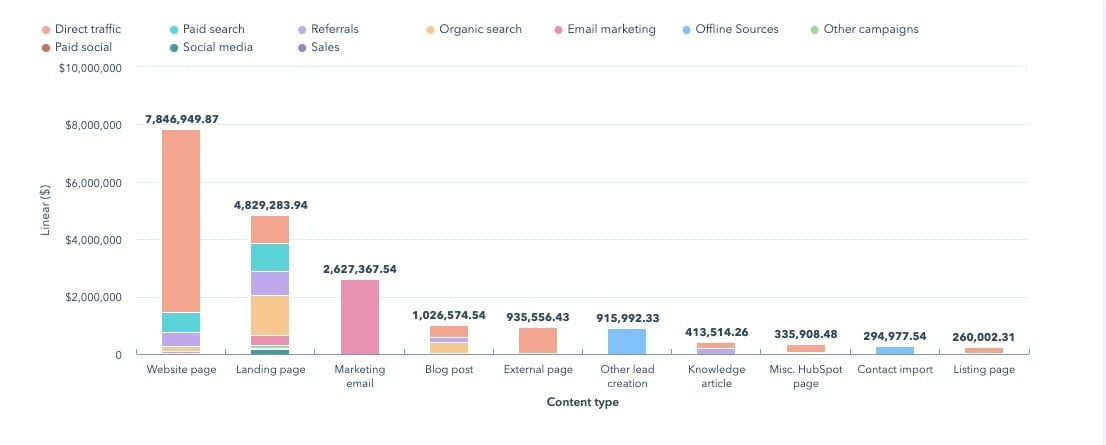
-
Time Decay Attribution
-
What it does: Gives more credit to touchpoints closer to conversion.
-
Best for: Short sales cycles (e.g., e-commerce) where recent interactions matter most.
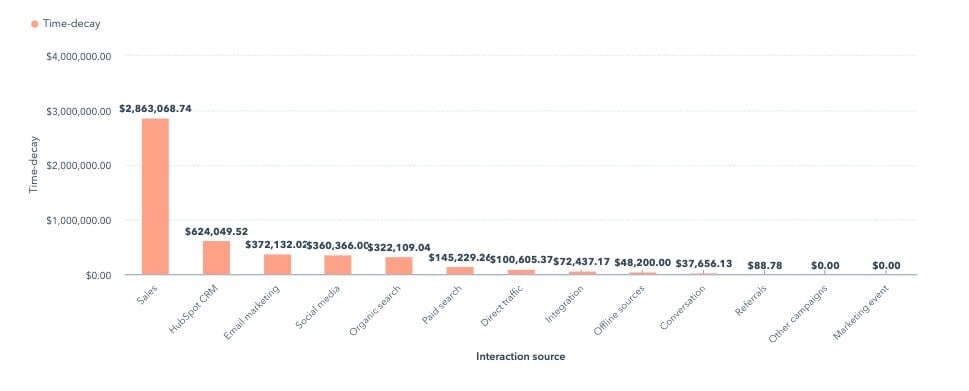
-
U-Shaped (Position-Based) Attribution
-
What it does: Credits 40% to the first interaction, 40% to lead conversion (e.g., form fill), and 20% to middle touches.
-
Best for: Lead generation-focused teams prioritizing awareness and conversion.
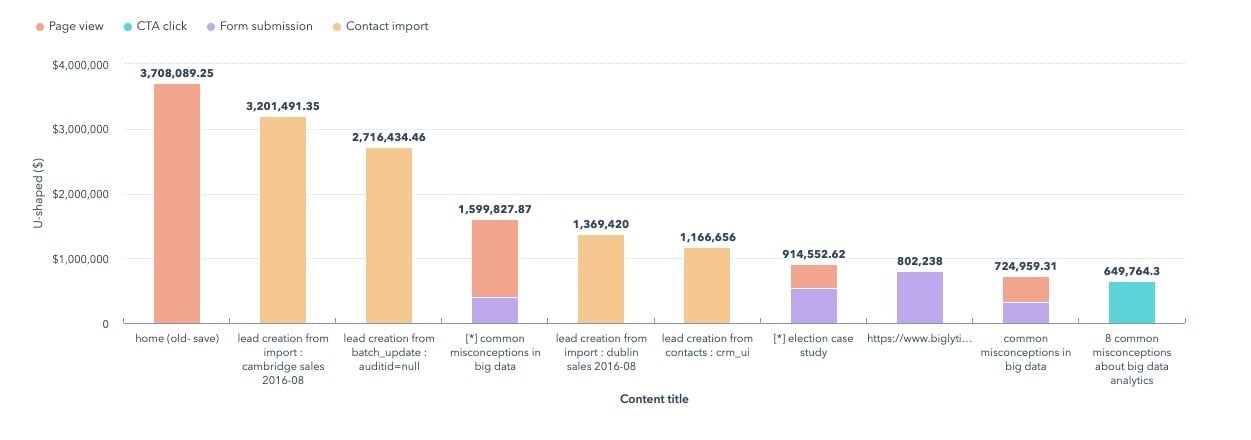
Why HubSpot Stands Out
-
Unified Data: HubSpot’s CRM tracks every interaction (email opens, page views, sales calls, eliminating data silos).
-
Campaign Tracking: Built-in UTM parameters and campaign tools ensure no touchpoint is missed.
-
Sales Alignment: Syncs marketing touchpoints with deal stages, so sales activities are factored into attribution.
Step-by-Step Implementation Guide for RevOps Managers
Step 1: Audit Your Data
-
Ensure all campaigns are tagged with UTM parameters.
-
Verify CRM fields (e.g., lead source, deal stage) are consistently populated.
-
Clean up outdated or duplicate contacts to avoid skewed data.
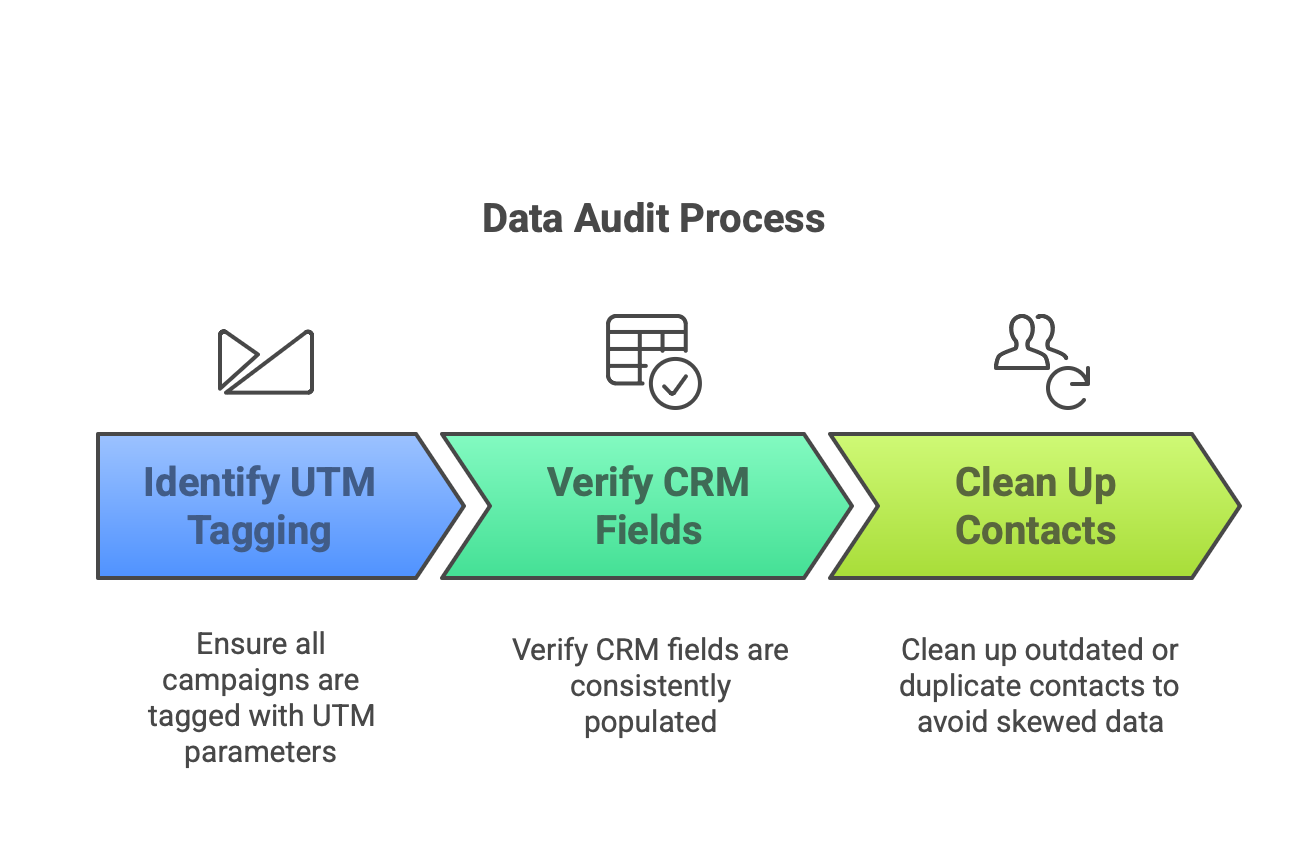
Step 2: Choose Your Model
Step 3: Configure HubSpot
-
Navigate to Analytics Tools > Attribution in HubSpot.
-
Select your model (e.g., Time Decay).
-
Customize touchpoint windows (e.g., 90 days before conversion).
-
Map interactions to sales stages (e.g., “Demo Requested” = 70% weight).
Pro Tip: Start with a simple model (e.g., Linear) and refine as you gather data.
Step 4: Train Your Teams
-
Host a workshop to explain how reports work.
-
Show marketing how their content influences late-stage deals.
-
Teach sales to reference attribution data in pipeline reviews.
Transforming Insights into Revenue Growth
1. Prove Campaign ROI
2. Optimize Budgets
3. Align Marketing and Sales
4. CEO-Level Strategic Wins
Overcoming Common Pitfalls
Pitfall 1: Data Silos
-
Fix: Integrate HubSpot with ad platforms (Google Ads, LinkedIn), CRMs, and offline event tools. Use HubSpot’s Operations Hub to automate data syncs.
Pitfall 2: Overcomplicating Models
Pitfall 3: Ignoring Offline Interactions
Conclusion
Accurate lead attribution isn’t a luxury. It’s a revenue imperative. With HubSpot’s multi-touch models, RevOps teams can silence the guesswork, align marketing and sales, and unlock actionable insights that drive growth.